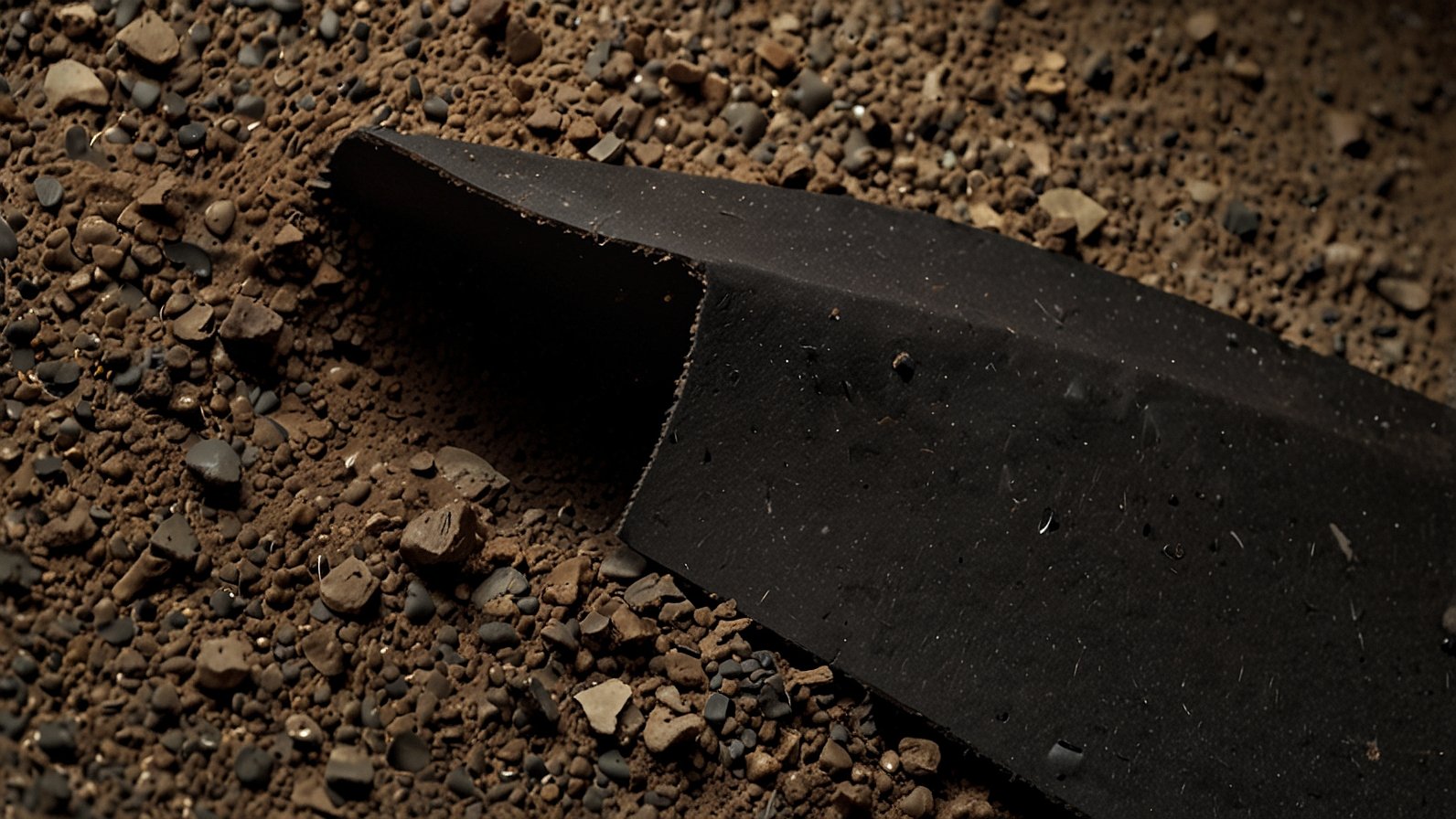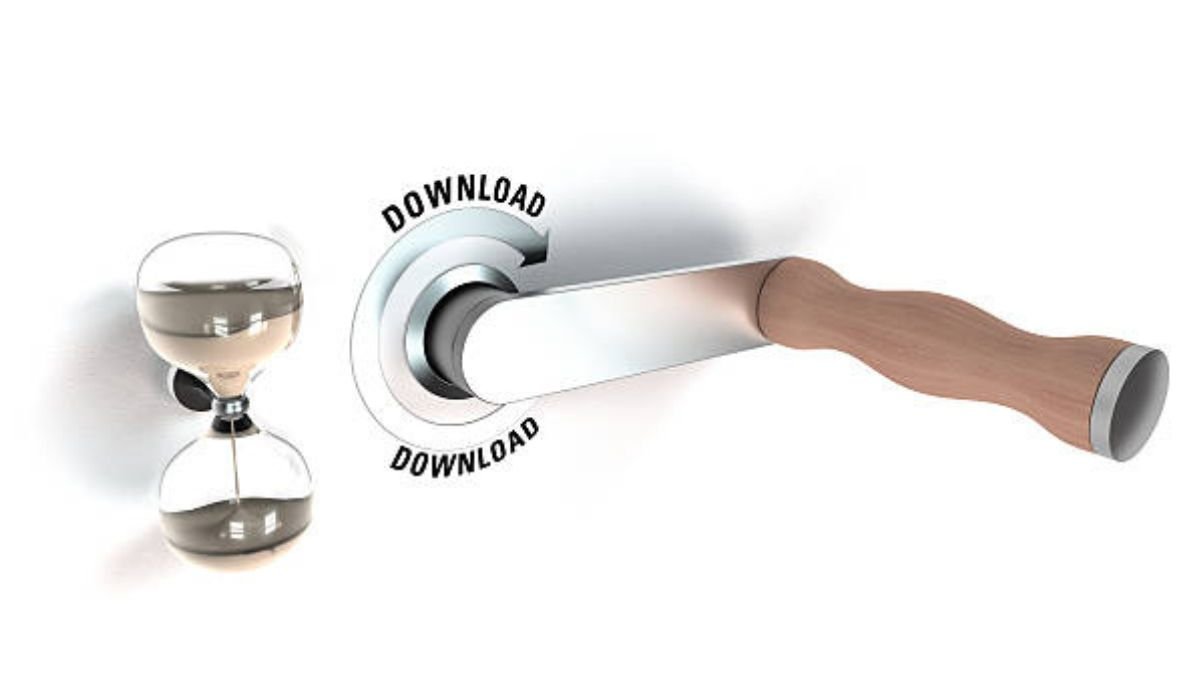If you have ever wondered why your favorite Velcro sneakers, gear bags, or cable ties stop holding like they used to, the reason might be as small as a speck of lint. Over time, dirt, dust, and debris work their way into the tiny hooks and loops that make Velcro so effective. The result is weaker grip, frustrating slips, and eventually, useless fastening. This problem can affect everything from everyday clothing to industrial straps and cinch straps used for bundling cables or securing equipment. The good news? Understanding what dirt does to Velcro can help you prevent it from wearing out too soon.
Why Velcro Works in the First Place
To see why debris is such a problem, it helps to know how Velcro functions. The material consists of two sides: one with small hooks and one with soft loops. When pressed together, the hooks catch the loops, creating a strong bond that can be opened and closed repeatedly. This simple design mimics the way burrs attach to animal fur in nature. The balance between flexibility and strength makes Velcro useful in countless applications, from medical gear and outdoor equipment to everyday apparel.
The trouble starts when anything interferes with that delicate hook-and-loop connection. Even tiny particles can interrupt the grip and reduce effectiveness.
How Dirt Sneaks Into the Hooks and Loops
Velcro’s structure naturally attracts debris. The open weave is like a magnet for lint, pet hair, sand, and dust. As these particles settle between the hooks and loops, they block them from interlocking properly. The more often Velcro is exposed to dirty environments—like hiking trails, construction sites, or gym floors—the faster this buildup occurs.
Every time you fasten and unfasten a dirty strip, those trapped particles are pushed deeper into the fibers. Over time, the hooks may bend or flatten, and the loops can mat down. This physical damage reduces how well the pieces grab onto each other, leading to slipping or weak adhesion.
Moisture and Grime Make It Worse
Dust alone is bad enough, but when moisture joins the mix, it can create sticky grime that’s even harder to remove. Sweat, rain, or spilled drinks can all introduce dampness that helps dirt adhere to the fibers. Once moisture dries, it can stiffen the material, warp the hooks, or even encourage mildew growth if left untreated. In some cases, trapped moisture may also lead to odor or discoloration, especially in gear used outdoors or in humid climates.
For gear that’s regularly exposed to water—like camping tents, sports braces, or marine applications—keeping Velcro dry and clean is essential for long-term function.
Performance Problems You Might Notice
Dirty Velcro often shows its decline through small but noticeable signs. The connection may feel loose, or you might hear less of that signature “rip” sound when separating the two sides. Straps that used to stay tight might start slipping or peeling back under tension. In clothing or shoes, the fastening might pop open unexpectedly, which is not only annoying but also potentially unsafe in certain situations.
Even if Velcro still looks intact, a closer inspection under light might reveal flattened hooks or fuzzy, clogged loops. These are clear signs the material needs cleaning or replacement.
Cleaning Methods That Actually Work
Fortunately, most Velcro can be restored with a little care. The key is to remove trapped debris without damaging the hooks or loops. Here are some practical methods:
- Use a fine-toothed comb or tweezers: Gently lift out visible lint, hair, or thread. Move in one direction to avoid bending the hooks.
- Try adhesive tape: Press a strip of masking or duct tape onto the surface and peel it away to lift off dust and fibers.
- Rinse carefully: If the Velcro is washable, use warm water and mild soap. Scrub gently with a soft toothbrush to dislodge grime. Rinse thoroughly and air dry.
- Compressed air: For gear like electronics or sports equipment, a quick burst of air can remove loose dirt without moisture.
Avoid using harsh brushes or heat drying, which can melt or distort the fibers.
Preventive Habits That Extend Velcro’s Life
Once clean, you can make a few small changes to prevent future buildup. Always close Velcro fasteners before washing clothes or gear to stop lint from attaching during the cycle. Store items in clean, dry spaces away from excessive dust or humidity. When using Velcro outdoors, brush off mud or sand before refastening.
If you rely on Velcro for work or fitness equipment, consider replacing heavily used straps periodically. Routine maintenance keeps performance consistent and avoids sudden failure during use.
When It’s Time to Replace
Eventually, even the best-maintained Velcro wears out. If the hooks appear bent beyond repair or the loops are permanently matted, cleaning won’t restore full function. In that case, replacing the strip or strap is more effective than trying to revive it. Luckily, replacement materials are affordable and easy to find, especially for applications like tool wraps, cable management, or adjustable straps. High-quality materials will resist wear longer and hold their shape better under stress.
The Science Behind Velcro Degradation
According to textile engineers, dirt acts like sandpaper over time. It grinds against the nylon or polyester fibers, weakening them on a microscopic level. The constant friction during opening and closing accelerates this wear. Eventually, the material loses its elasticity and gripping ability. Understanding this helps explain why prevention—keeping Velcro clean and minimizing contamination—is more effective than frequent deep cleaning alone.
For a deeper look into how material fatigue affects performance, you can explore the American Chemical Society’s overview of polymer degradation, which explains how environmental exposure changes synthetic fibers like nylon and polyester.
The Unsung Value of Maintenance
Velcro is one of those inventions people take for granted until it stops working. It’s small, simple, and everywhere—but its reliability depends on care. By removing debris regularly, storing items properly, and keeping fasteners dry, you extend not only the lifespan of Velcro but also the functionality of the products it supports.
From everyday sneakers to industrial gear, a clean hook-and-loop system holds stronger, performs better, and saves you money on replacements. When you treat Velcro like the precision tool it actually is, it rewards you with years of dependable service—one satisfying “click” at a time.
You May Also Read: How Polarized Lenses Transform Outdoor Experiences











